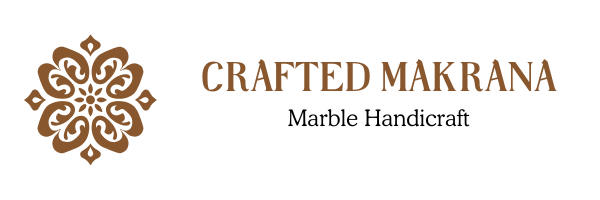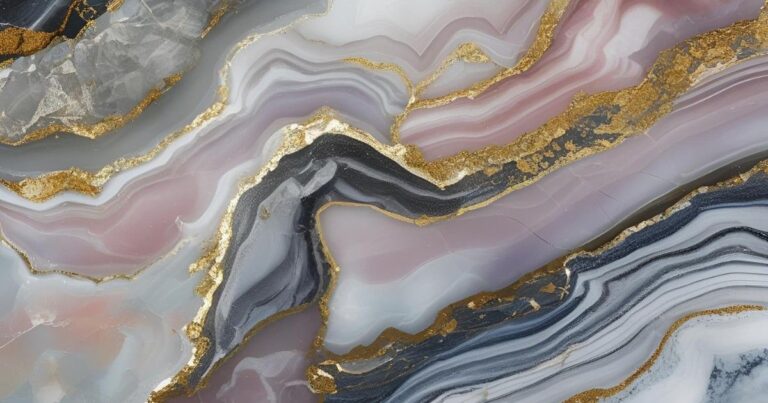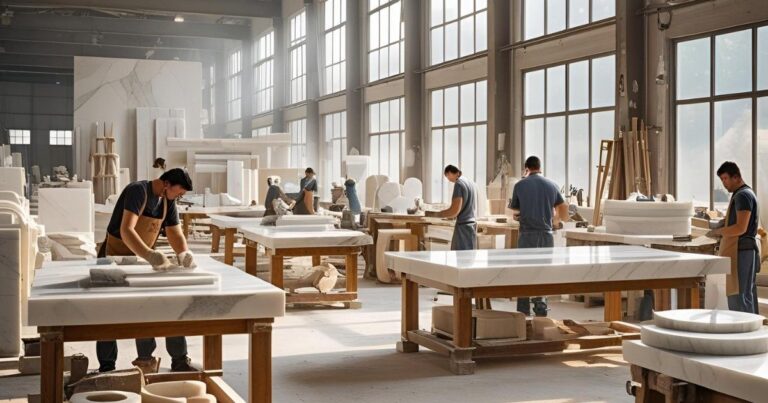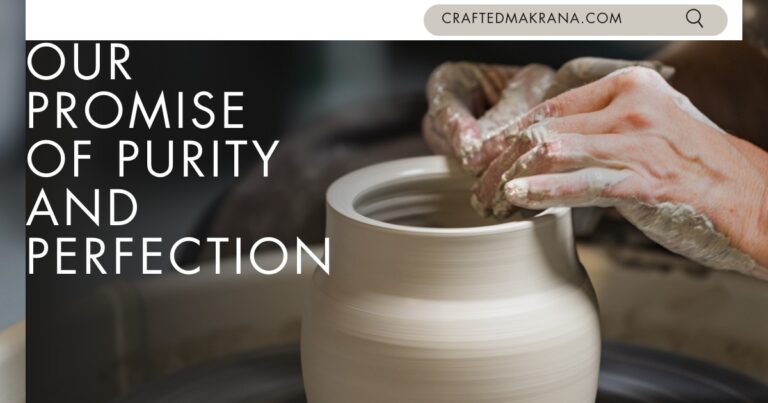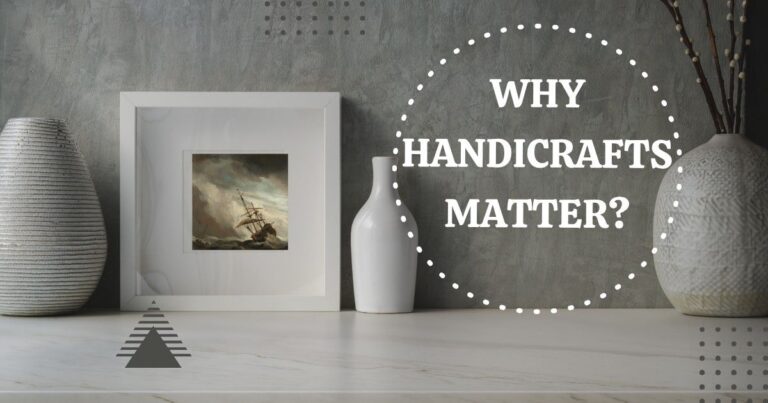Makrana Marble: India’s Timeless Treasure
Tucked away in the arid landscapes of Rajasthan lies a small town called Makrana. At first glance, it might seem like any other quiet Indian town — dusty roads, small markets, and a slow pace of life. But beneath its surface lies something extraordinary: a marble so pure, so timeless, that it has shaped the history of Indian architecture — and captured hearts across the world.
Exploring the Makrana marble history reveals why this stone is so revered. Makrana marble is not just any stone. It’s the very marble that built the Taj Mahal, arguably the world’s most iconic monument of love. It’s the same marble that adorns the Victoria Memorial in Kolkata, Dilwara Temples in Mount Abu, and many other historical treasures across India. With a legacy stretching back over 2,000 years, Makrana marble is India’s oldest and most celebrated marble.

So, what makes Makrana marble so special?
One of the most remarkable aspects of Makrana marble lies in its purity. It has an unusually high calcium content (around 98%), which gives it a stunning white hue and durability that’s hard to match. Unlike other marbles, Makrana doesn’t yellow with age. In fact, it can retain its shine and color for centuries — as proven by the Taj Mahal, which still gleams after nearly 400 years.
The story of this marble is an essential part of Makrana marble history. It begins deep beneath the Aravalli mountain range, where natural forces over millions of years compressed limestone into sparkling white rock. Generations of craftsmen from Makrana have mastered the art of quarrying and shaping this stone, passing down their skills like a family heirloom.
Mining in Makrana is still done traditionally — a slow, labor-intensive process using hand tools and simple machines. It’s not just about cutting stone; it’s about understanding its veins, its grain, its soul. The workers here aren’t just laborers — they’re artisans in their own right.
This rich tradition forms a key chapter in Makrana marble history. Makrana marble has also gained international recognition. In 2015, it received the Geographical Indication (GI) tag, acknowledging its unique origin and unmatched quality. It’s not just a product; it’s a piece of Indian heritage.
Even today, Makrana marble competes with the world’s best — from Carrara in Italy to Thassos in Greece. But what sets it apart is its natural strength, resistance to water seepage, and its ability to withstand time and climate, making it ideal for both traditional and contemporary architecture.
This ongoing legacy is a testament to Makrana marble history, as it continues to grace luxury hotels, government buildings, religious shrines, and modern villas. As architects and homeowners seek sustainable and timeless materials, Makrana marble remains a symbol of classic elegance and structural resilience.
But beyond its beauty and prestige, Makrana marble tells a deeper story. It speaks of tradition, craftsmanship, and the enduring connection between nature and culture — an integral part of Makrana marble history. It reminds us that some of the most extraordinary things come from the most unassuming places.
So next time you admire the milky-white domes of the Taj or walk across a gleaming marble floor, remember: you’re not just seeing stone. You’re witnessing centuries of artistry, passion, and pride — all born from the humble town of Makrana, where the legacy of India’s most treasured marble continues to shine.
